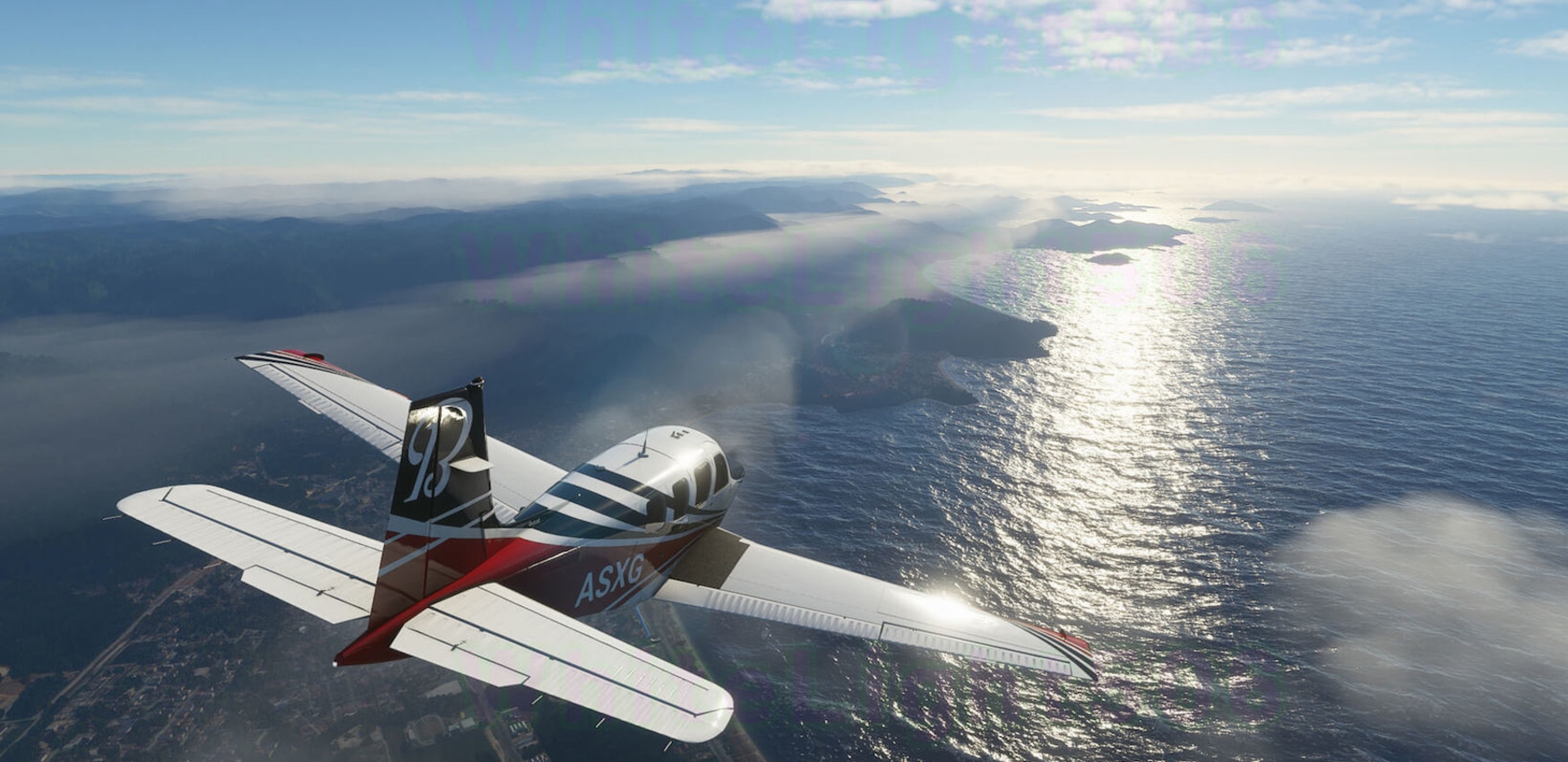Microsoft Flight Simulator, a forthcoming flight simulator created by Asobo Studio and released by Xbox Game Studios for Windows and Xbox One, known as Flight Simulator 2020. It will be available for Windows on August 18, 2020. It is the 11th major entry in the series Microsoft Flight Simulator, followed by Flight Simulator X.
Release Date
On July 13, 2020, Microsoft confirmed that the PC Flight Simulator will be released on August 18, 2020.
Gameplay
Flight simulator uses textures and topographical details from Bing Maps to model the entire World. Microsoft Azure technology can produce three-dimensional images of the world’s elements, such as land, trees, vegetation, buildings, and water. Some players have been given the Alpha version as part of the Insider program for the game.
The newest version features a new day and night engine allowing players to travel at any time of day. Also, Microsoft Flight Simulator provides real-time weather, live traffic, and animals in its universe.

Also Read: Risk of Rain 2 – Release Date, Gameplay and Features!
Airports
The default edition includes 20 aircraft and 30 hand-modeled airports, while the deluxe edition ramps up to 25 aircraft and 35 airports, and the high-end edition comes with 30 aircraft and 40 airports.
Microsoft Flight Simulator 2020 counts the Sedona Airport as one of 30 ‘enhanced’ airports included in the game’s regular version.
Microsoft said in a statement that these “hand-crafted” airports were given special consideration by programmers to improve their level of accuracy and loyalty to the actual airport.
Many improved airports include John F. Kennedy from New York, Heathrow from London, and the international airports from Dubai.
Flight Simulator has a special place in the hearts of a lot of computer gamers and aeronautical fans since it’s been around for a long time, since 1982, and the game has brought others to the fun side of computers.
The latest version is creating excitement among fans because there has been no upgrade since 2006, and many gamers are eager to try traveling in a simulated environment using today’s computing resources.